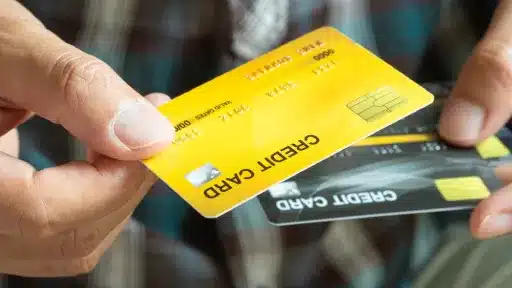Understanding what does property damage liability cover is critical in today’s complex financial landscape. Accidents happen, and the costs associated with damaging someone else’s property can be substantial. Property damage liability insurance offers a safety net, ensuring you are not left facing overwhelming expenses that could impact your financial stability. This article explores what property damage liability covers, why it matters, and how it protects your assets in unforeseen circumstances.
What Does Property Damage Liability Cover?
Property damage liability is a component of a broader liability insurance policy that protects you if you cause damage to another person’s property. This coverage is often part of auto insurance or general liability insurance used in homes and businesses. Essentially, it helps pay for repairs or replacements of property that you are legally responsible for damaging.
Key Areas Covered by Property Damage Liability
- Vehicle Damage: If you are involved in an accident and damage another person’s vehicle, property damage liability helps cover repair or replacement costs.
- Physical Property Damage: Damages to fences, buildings, lamp posts, or any other physical structures caused by your actions fall under this coverage.
- Collateral Damage: Sometimes property damage includes damages caused indirectly by you, such as a tree you accidentally damage that sustains another property.
- Legal Costs: If you are sued for property damage, this liability coverage often includes your legal defense costs, including attorney fees and settlements related to the claim.
What Is Not Covered?
While property damage liability covers many damages, it’s important to understand what it typically excludes:
- Damage to your own property.
- Intentional or criminal damage.
- Personal injuries—these need bodily injury liability coverage.
- Damage resulting from business activities may require separate commercial insurance.
Why Property Damage Liability Matters Today
The financial impact of property damage claims can be staggering. Without the proper coverage, you could be responsible for paying thousands, or even tens of thousands, of dollars out of pocket. Given the rising costs of repairs and legal fees, property damage liability insurance protects your savings and assets from unpredictable financial risks.
How Property Damage Liability Works
When an incident occurs where you are at fault for property damage:
- You file a claim with your insurer.
- The insurance company investigates the claim to verify cause and extent.
- If covered, the insurer pays for repair or replacement costs up to your policy limit.
- If a lawsuit arises from the damage, they also cover legal costs associated.
Improving Your Coverage and Reducing Risks
To ensure strong protection, consider the following tips:
- Evaluate Coverage Limits: Choose sufficient coverage limits that reflect potential risks and property values.
- Combine Policies: Bundling property damage liability with other policies can offer discounts and comprehensive protection.
- Practice Caution: Reducing risky behaviors and maintaining your property can minimize chances of causing damage.
In summary, knowing what does property damage liability cover allows you to make informed decisions about your insurance needs and financial protection. In an unpredictable world, this coverage provides peace of mind against costly accidents involving third-party property damage.


